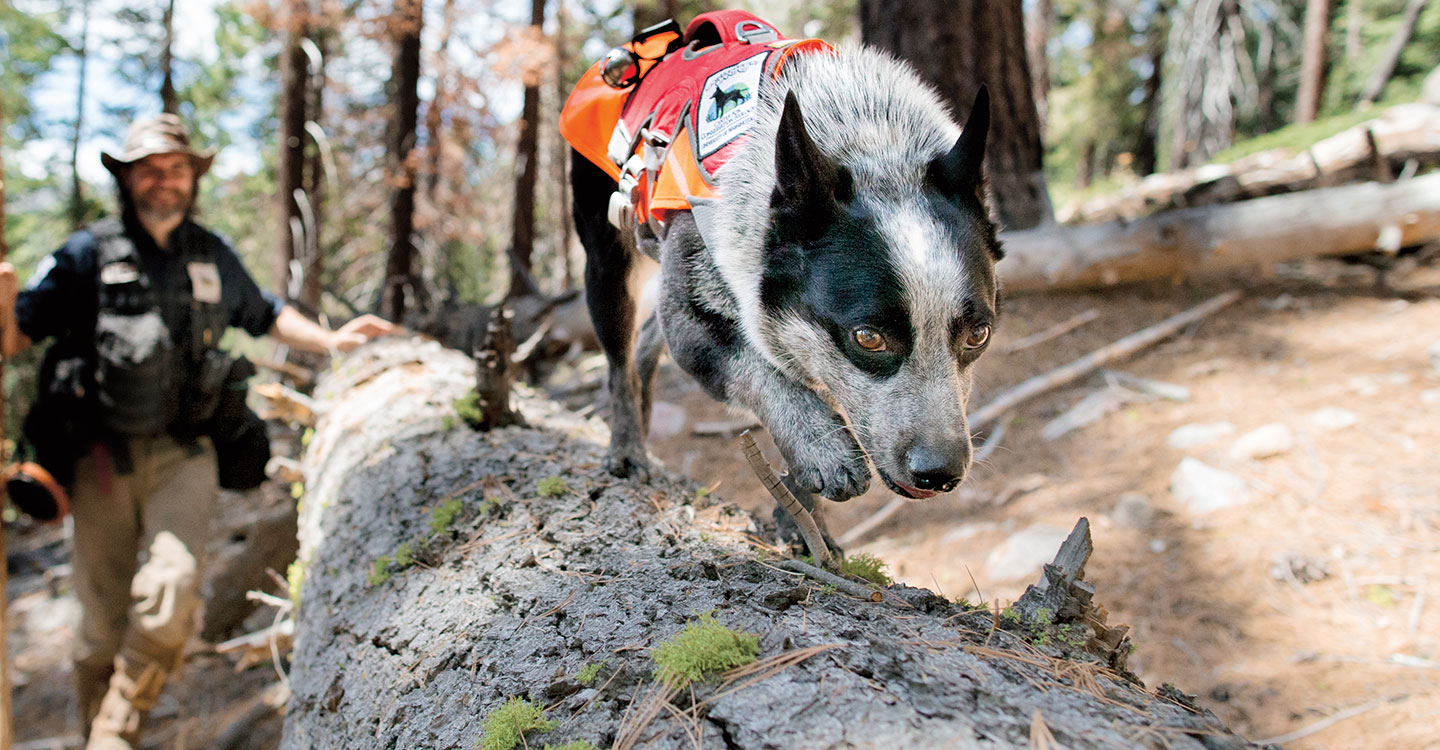Jack weaves through a forest in Washington State, his nose to the ground. The 6-year-old Australian cattle dog mix has caught a whiff of something intriguing. He’s determined to follow the scent trail to its source.
Jack isn’t sniffing in the forest for fun. He’s a detection dog for Rogue Detection Teams. That conservation agency trains dogs to locate traces of wild animals for scientists to study. Often this means sniffing out their scat, or droppings.
Jack runs through a forest in Washington State. He’s a 6-year-old Australian cattle dog mix. Jack has his nose to the ground. He smells something. He’s eager to follow the scent to its source.
Jack isn’t sniffing in the forest for fun. He’s a detection dog. He works for Rogue Detection Teams. The group trains dogs to find traces of wild animals. That can help scientists study the creatures. This often means sniffing out animals’ droppings, or scat.

